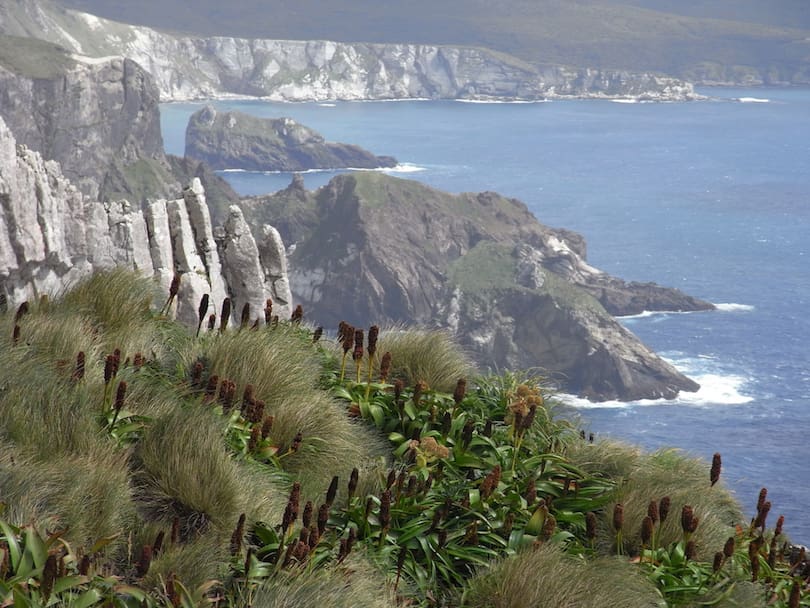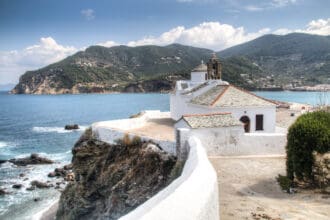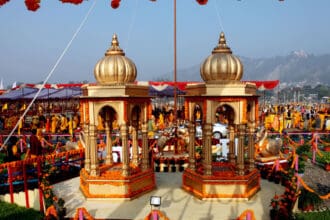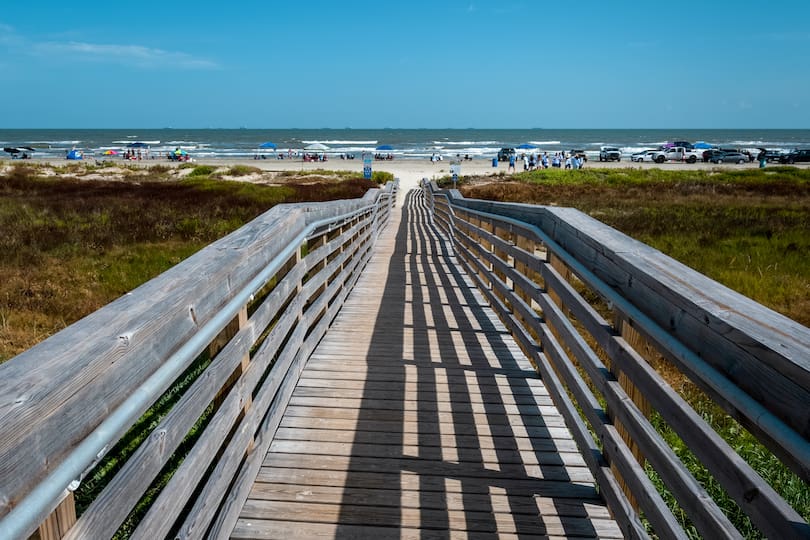Poland is a country steeped in history, with beautiful landscapes and rich cultural heritage. One of the most prominent aspects of Poland’s historical heritage is its beautiful castles. The castles of Poland are a testament to the country’s medieval history and the grandeur of its royalty. This article aims to highlight the ten most beautiful castles in Poland, their history, and their significance.
Castle Wawel
Castle Wawel is one of the most popular tourist attractions in Poland, located in Kraków, the country’s cultural capital. This beautiful castle has a rich history dating back to the 11th century and was once the residence of Polish royalty. The castle features a mix of architectural styles, including Gothic, Renaissance, and Baroque. Visitors can explore the castle’s stunning chambers, including the Royal Private Apartments, the Crown Treasury and Armory, and the State Rooms.
Malbork Castle
Malbork Castle is a UNESCO World Heritage site and the largest castle in the world by surface area. Located in northern Poland, it was constructed in the 13th century by the Teutonic Knights. The castle’s red-brick walls and towers dominate the landscape and are a testament to the Gothic architecture of the time. Visitors can explore the castle’s many halls and rooms, including the Grand Master’s Palace and the Chapel of St. Anne.
Książ Castle
Książ Castle, located in Wałbrzych, is one of the most beautiful and intriguing castles in Poland. It was built in the 13th century and has a rich history that includes a stint as a Nazi headquarters during World War II. The castle’s architecture is a mix of styles, including Baroque, Neo-Gothic, and Art Nouveau. Visitors can explore the castle’s many rooms, including the Grand Library, the Marble Hall, and the Red Salon.
Czocha Castle
Czocha Castle, located in southwestern Poland, is a beautiful castle that dates back to the 13th century. The castle has a rich history and has been used as a filming location for several movies and TV shows. The castle’s architecture is a mix of styles, including Gothic, Renaissance, and Baroque. Visitors can explore the castle’s many halls and rooms, including the Knight’s Hall, the Ballroom, and the Chapel.
Moszna Castle
Moszna Castle is a beautiful castle located in southwestern Poland, near the city of Opole. The castle was built in the 18th century and features a mix of architectural styles, including Baroque, Gothic, and Neo-Renaissance. Visitors can explore the castle’s many halls and rooms, including the Blue Room, the Green Room, and the Knight’s Hall.
Będzin Castle
Będzin Castle is a beautiful castle located in southern Poland, near the city of Katowice. The castle was built in the 14th century and has a rich history that includes a stint as a prison during World War II. The castle’s architecture is a mix of styles, including Gothic and Renaissance. Visitors can explore the castle’s many halls and rooms, including the Knight’s Hall and the Gothic Chapel.
Gniew Castle
Gniew Castle, located in northern Poland, is a beautiful castle that dates back to the 14th century. The castle’s architecture is a mix of Gothic and Renaissance styles. It has a rich history that includes ownership by the Teutonic Order, who used it as a stronghold during their conquest of Poland. Visitors can explore the castle’s many halls and rooms, including the Great Hall, the Knight’s Hall, and the Torture Chamber.
Pieskowa Skała Castle
Pieskowa Skała Castle, located in the Kraków-Częstochowa Upland, is a beautiful castle built in the 14th century. It was originally constructed as a defensive fortress but was later transformed into a Renaissance palace. The castle’s architecture is a mix of Gothic and Renaissance styles, and visitors can explore the castle’s many rooms and halls, including the Knight’s Hall, the Royal Room, and the Renaissance Arcade.
Łańcut Castle
Łańcut Castle, located in southeastern Poland, is a beautiful castle that dates back to the 17th century. The castle’s architecture is predominantly Baroque, with elements of Renaissance and Rococo styles. Visitors can explore the castle’s many rooms and halls, including the Grand Hall, the Knight’s Hall, and the Chinese Room.
Conclusion
Poland’s castles are an important part of the country’s cultural heritage and are a testament to its rich history. Each castle on this list is unique in its architecture, history, and significance. Exploring these beautiful castles is a great way to experience Poland’s medieval past and marvel at the grandeur of its royalty.
FAQs
- Are all of these castles open to the public? Yes, all of the castles mentioned in this article are open to the public.
- Can visitors take guided tours of the castles? Yes, visitors can take guided tours of most of the castles mentioned in this article.
- Which castle is the most popular tourist attraction in Poland? Castle Wawel in Kraków is one of the most popular tourist attractions in Poland.
- Are there any other beautiful castles in Poland that didn’t make the list? Yes, Poland has many beautiful castles, and this list is not exhaustive.
- Can visitors rent out any of these castles for private events? Yes, some of the castles mentioned in this article offer event space and can be rented out for private events.






